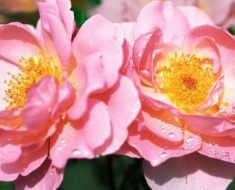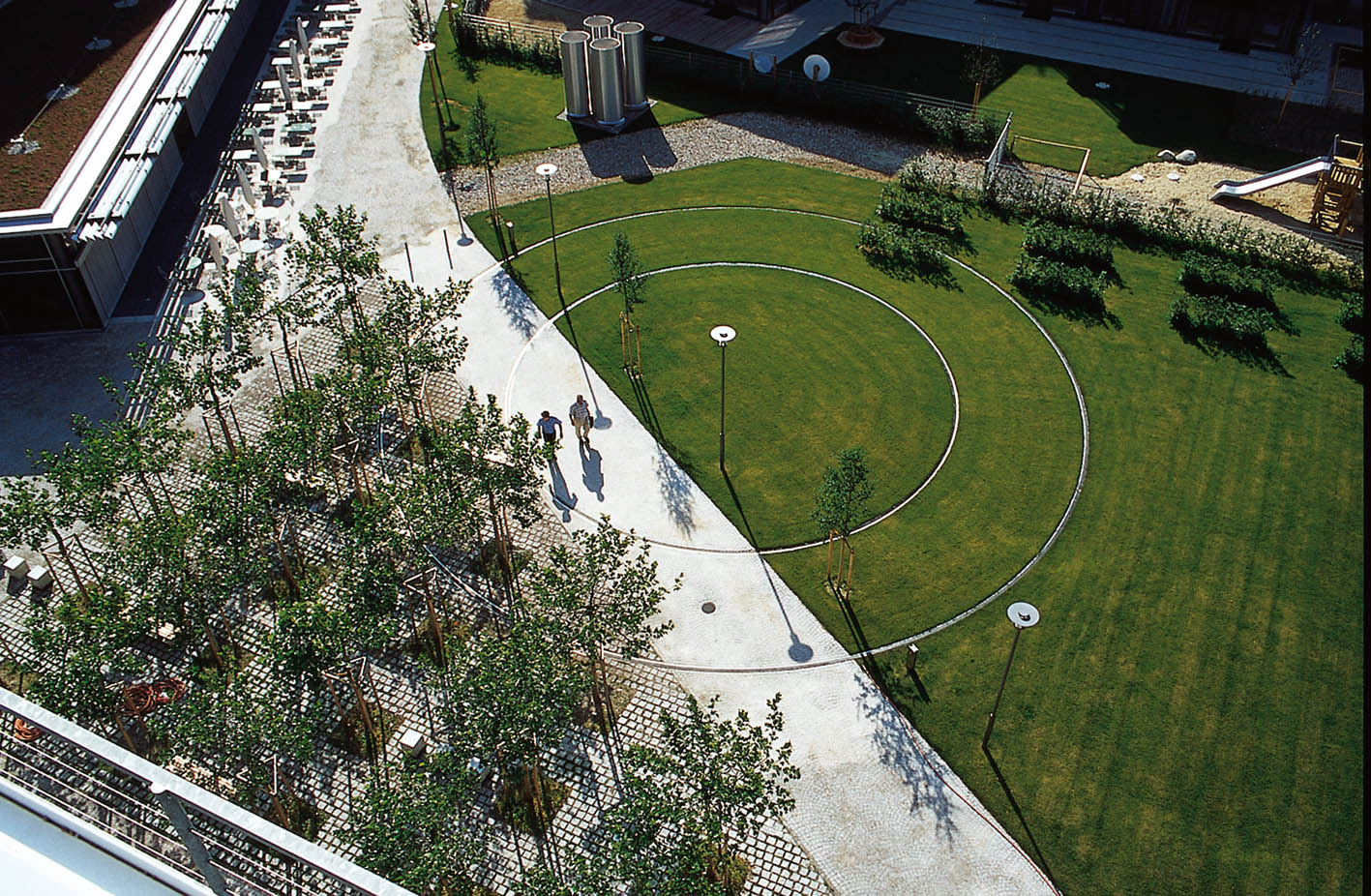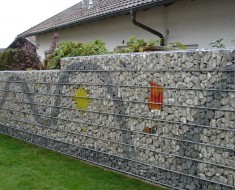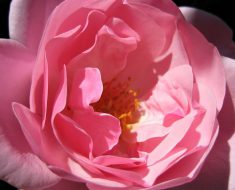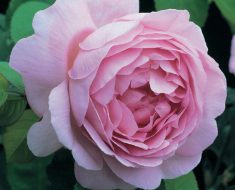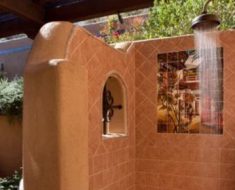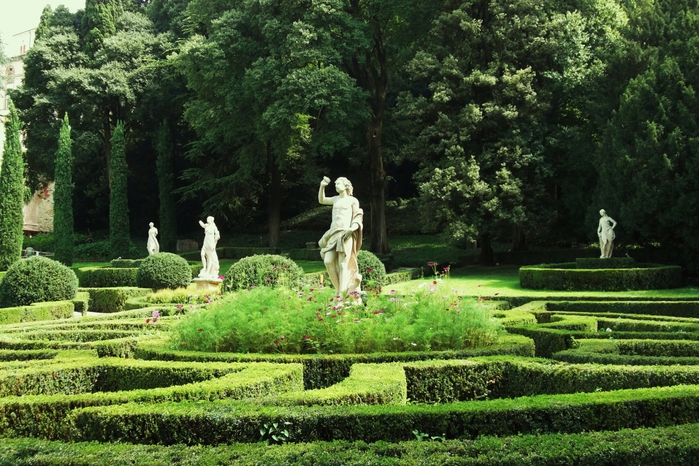Previously, when a garden was laid, they began by leveling the plot and then shaping it. Nowadays, landscape design of gardens and parks is increasingly striving for nature. This is manifested through the use of local flora, or as in Japan, a garden is formed, inheriting nature.
An example of a wild garden
A garden, as part of the area on which it is located, was first launched by the Germans in the 20th century in the fifties. The idea was that landscape design should protect the environment. And the care of the garden and the technology of its creation must be made more economical to save resources.
How to find out the garden – part of the area where it is located?
- The first sign for these gardens is the lack of lawns.
- Plants are ideally suited to local climatic conditions and soils and are selected according to the recommendations of environmental botanists, but are placed according to the laws of landscape design.
- Chemical pesticides are not used to control pests.
- Garden maintenance is minimized
How to create a “wild garden”?
- The first way is to improve the existing plot of land.
- The second is to create an artificial “wild garden”.
The first way involves removing disturbing and distracting objects from natural harmony. Viewed neighboring and unsightly buildings disguise themselves. The philosophy of such a garden is in the internal sense of things and phenomena. Creating a wild garden on the first path is more often practiced among young landscape designers. Most of all, such a garden is equipped near high-tech buildings made of glass, wood, and ceramic tiles on the facade.
In both cases, the care of the savage garden is minimized. In early spring, the aerial parts of herbaceous perennials and the sick, dead branches of trees and shrubs are cut off. If the compositions are chosen correctly, then the gardener is practically not needed, since the plants are renewed without his help and participation.
Art gardens like “wild gardens” are gaining more and more popularity. They can be found more often on the Scandinavian peninsula, in Germany, in the Netherlands and the USA. Over time, landscape “wild” design will become leading because of its natural simplicity and environmental friendliness.
